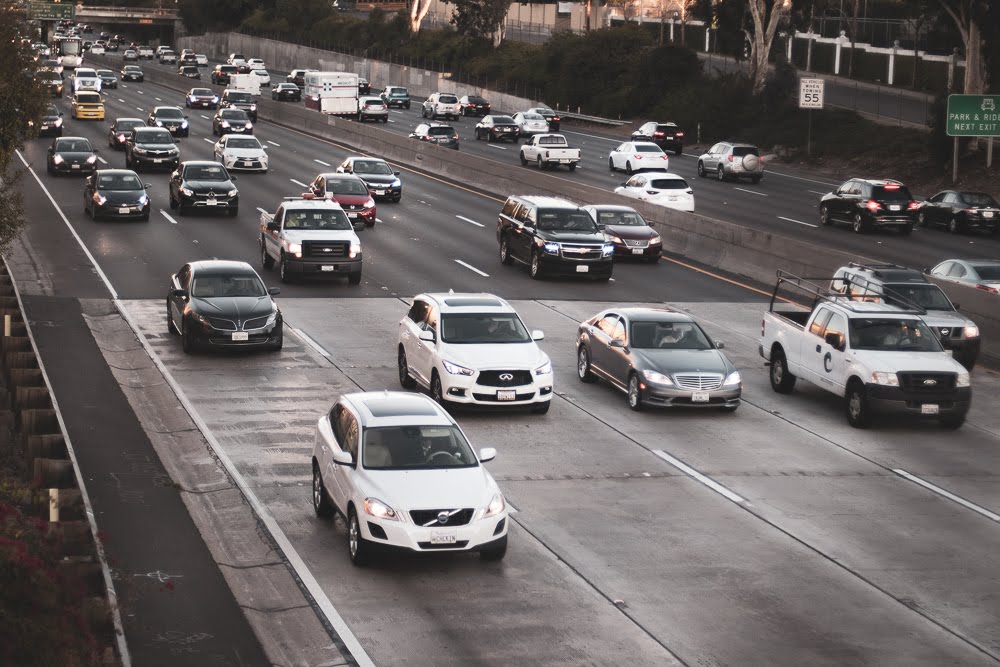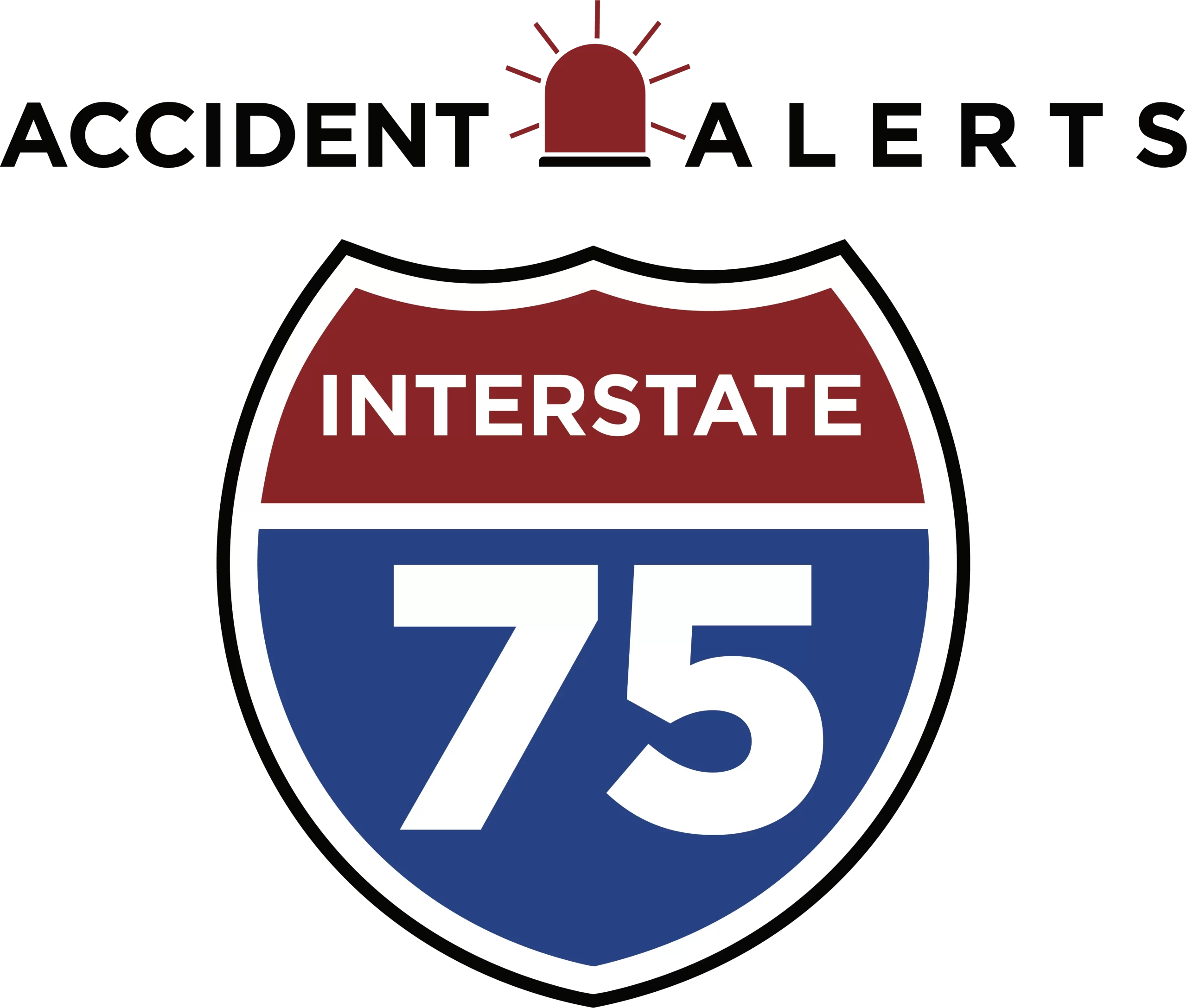
The Economic, Human, and Societal Costs of Accidents on I-75


Interstate 75 stretches from Michigan to Florida, running more than 1,700 miles through busy cities and rural regions. The highway carries commuters, long-haul trucks, and tourists each day. With heavy traffic and frequent congestion, I-75 has high accident rates.
Crashes here create damage far beyond the immediate scene. Families, businesses, and communities all pay the price. The costs extend into the economy, human health, and society. It is pivotal to understand these impacts in order to show why safety and accountability on I-75 are relevant.
The Economic Costs of Accidents on I-75
Accidents on I-75 create enormous financial strain. Direct costs include medical bills, vehicle repairs, and property damage. Victims often face thousands in expenses from hospital stays, surgery, and rehabilitation. It is rare for insurance to cover every cost.
Indirect costs also rise quickly. Injured victims often lose income during recovery. Families face reduced productivity when loved ones cannot work. Companies lose employees, sometimes permanently.
Insurance premiums increase after crashes, which add more financial stress. Litigation and settlements bring legal expenses for victims and at-fault drivers. Even businesses that rely on shipments that are made through I-75 feel the impact.
Wider ripple effects spread across the economy. Consumers see an increase in costs as freight delays slow deliveries. Since accidents cause major closures near attractions, the tourism industry suffers as well. As a result, State and local governments pour vast resources into emergency services, cleanup, and repairs.
Each crash drains resources that could support growth and safety improvements. On I-75, where trucking dominates, delays ripple through entire supply chains.
The Human Costs of Accidents on I-75
Behind every statistic lies a personal tragedy. Victims suffer life-changing injuries, including spinal cord damage, traumatic brain injuries, and amputations. Many are forever deprived of mobility and independence.
Fatalities devastate families along I-75. Each death represents an inconceivable amount of grief and sorrow. Survivors must deal with all the psychological aftermath of such tragic losses.
The emotional toll weighs heavily on both victims and families. Conditions such as anxiety, depression, and PTSD often follow crashes. Victims might relive the accident in nightmares or daily struggles. Their families often face stress from caregiving and medical debt.
Injured victims often require long-term care or rehabilitation. In some cases, everyday activities become difficult or impossible. Their caregivers sacrifice time, income, and emotional well-being.
The human cost cannot be measured in money alone. Crashes alter lives permanently, leaving scars that ripple through entire families.
The Societal Costs of Accidents on I-75
Crashes on I-75 put a strain on public health and safety systems. Hospitals near the corridor face sudden surges in trauma patients. Emergency rooms must handle severe injuries that require immediate attention. Rehabilitation centers and mental health providers also face higher demand.
Traffic disruption creates broader community problems. Multi-vehicle accidents often close lanes for hours, sometimes entire days. The detours and delays that drivers face affect businesses, deliveries, and daily commutes. As customers often avoid accident zones, local economies near the highway lose money.
Legal and policy systems also feel the weight. Law enforcement officers investigate every crash. Courts handle related cases, adding to crowded dockets. States must fund safety programs, enforcement campaigns, and infrastructure improvements.
The societal costs extend to trust and safety perception. Communities along I-75 worry about road danger. Parents fear teen drivers on the highway. Travelers worry about delays and hazards during long trips. These fears reduce confidence in the nation’s infrastructure.
Prevention as a Cost-Saving Strategy
Reducing accidents on I-75 lowers financial, human, and societal costs. Prevention depends on enforcement, technology, infrastructure, and education.
Enforcement measures make a direct difference. Strict distracted driving laws reduce cell phone use behind the wheel. Patrol cars on I-75 discourage speeding and reckless lane changes. Sobriety checkpoints cut down on alcohol-related crashes. It has been observed that States that increase patrol presence often see measurable reductions in crash rates.
Technology also prevents accidents before they happen. Modern vehicles now include advanced safety systems that monitor driver behavior and roadway conditions. Lane departure warnings keep drivers from drifting into other lanes. Blind-spot detection alerts drivers when merging is unsafe. Besides this, automatic braking reduces rear-end collisions, one of the most common crashes on I-75. Commercial trucking companies use fleet monitoring systems to track driver hours, braking patterns, and GPS data. These systems hold drivers accountable and reduce fatigue-related accidents.
Infrastructure improvements strengthen roadway safety across the corridor. Better lighting reduces nighttime crashes. Clearer signage helps drivers prepare for exits and lane changes, while stronger barriers prevent vehicles from crossing medians into oncoming traffic. States also invest in rumble strips that warn distracted or drowsy drivers before they drift off the road. Variable speed limit signs help control traffic during congestion and weather changes. Each of these measures reduces risk and makes travel safer.
Education and public awareness campaigns modify behavior over time. Placing billboards and digital ads along I-75 may remind drivers to put phones away and buckle up. Also, high school programs teach teens about distracted driving and impaired driving. In a similar fashion, employers hold safety workshops for commercial drivers who spend long hours on the highway. Travelers also learn from campaigns that emphasize planning rest stops, avoiding drowsy driving, and preparing vehicles for long trips.
Prevention saves money and lives. Every dollar spent on safety returns many times its value in prevented medical costs, emergency response, and property damage. When prevention succeeds, communities spend less on crash investigations and hospital care. Businesses avoid freight delays and lost productivity. Families also avoid the crushing financial and emotional costs of serious injury.
The message is clear: investing in prevention is far less expensive than paying for the aftermath of accidents. Strong laws, advanced technology, safer infrastructure, and ongoing education all work together to reduce crashes on I-75.
Contact an I-75 Accident Lawyer After a Crash
If you or a loved one has been injured in an accident on I-75, you don’t have to carry the burden alone. The financial, physical, and emotional costs can overwhelm families, but legal help is available. A skilled I-75 car accident lawyer can investigate the crash, hold negligent drivers accountable, and pursue the compensation you deserve.

